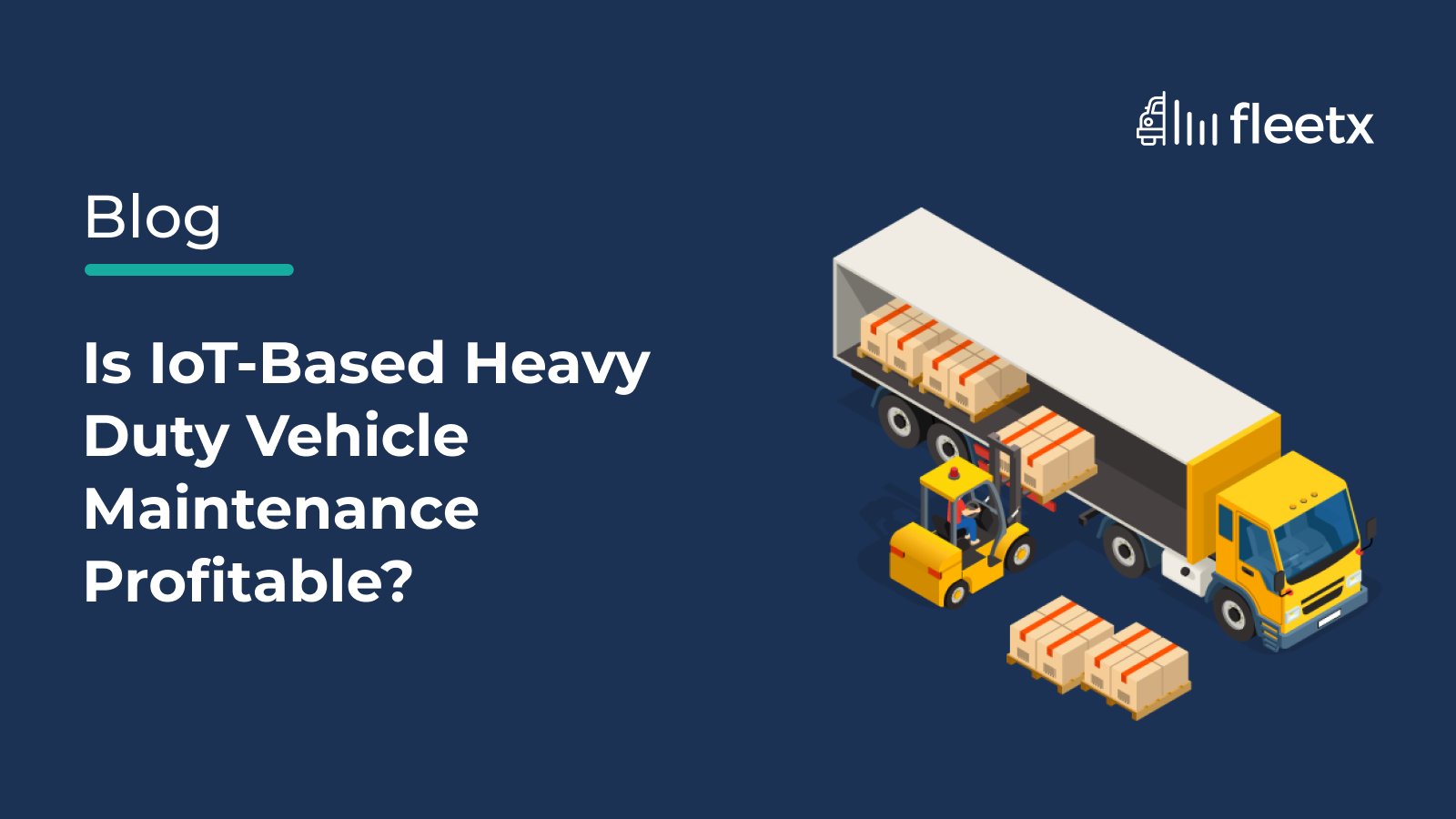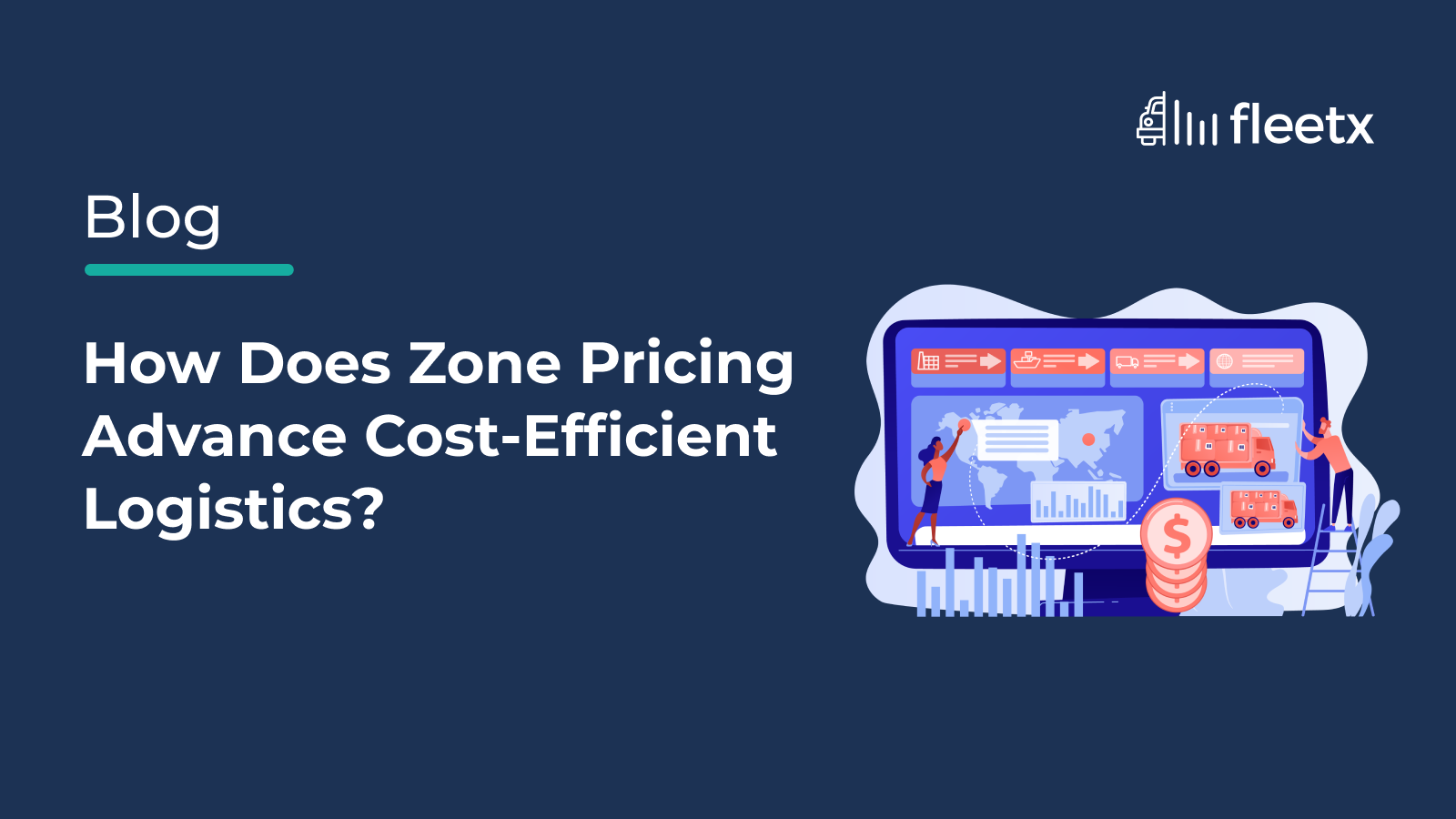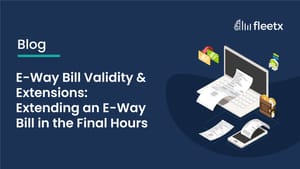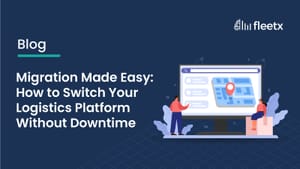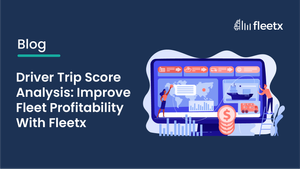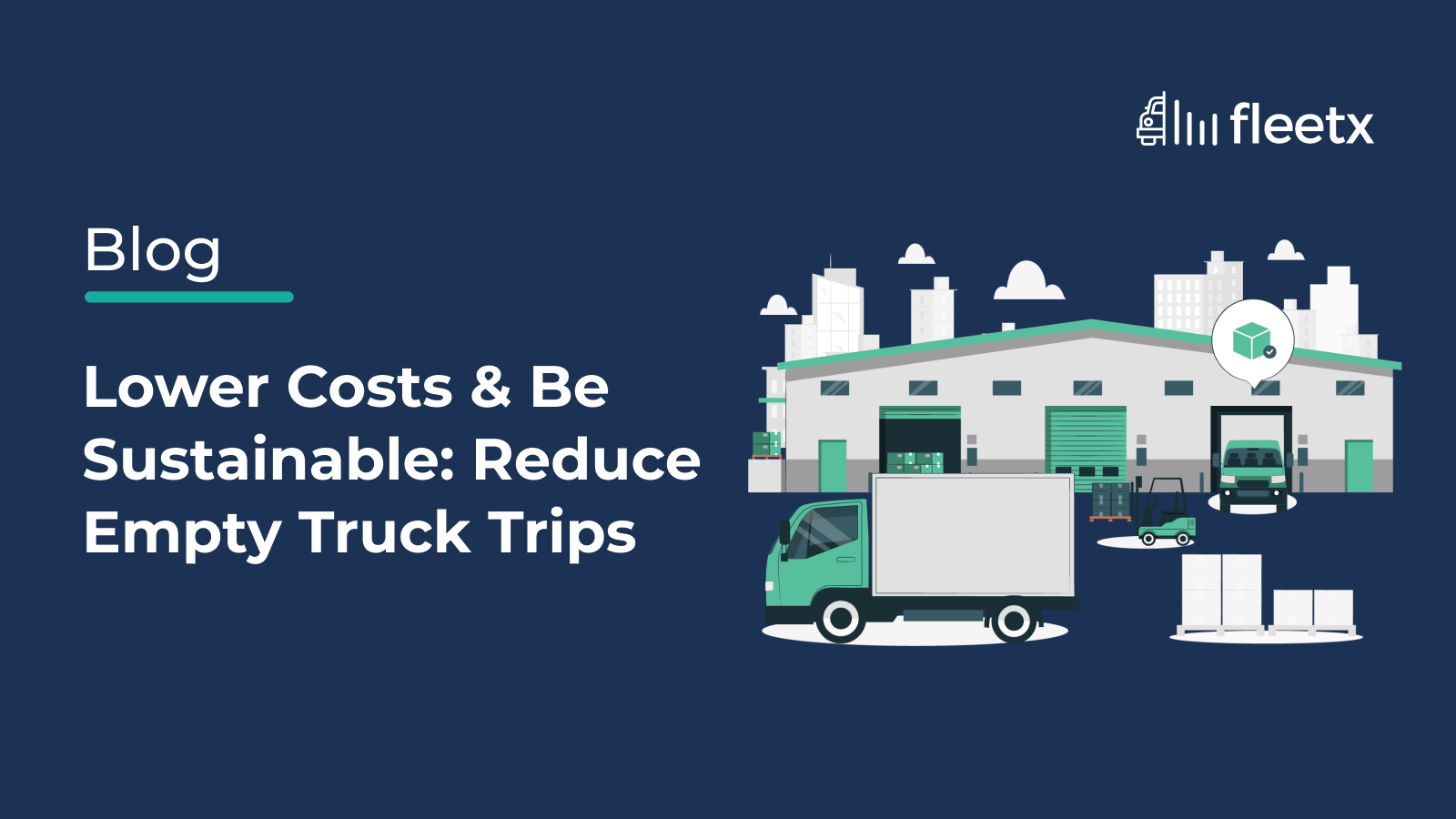
“In today’s economy, successful businesses are the ones that have mastered the art of logistics” - Forbes
Global numbers suggest that 40% of on-road trucks run empty to pick up the next load. Driving a deadhead or empty truck creates a major gap in logistics success. It indicates the distance covered by a commercial vehicle, such as a truck when it’s empty or not transporting any cargo. In other words – when a truck is traveling without any revenue generation. It’s a major cost center for transporters as the vehicle undergoes wear and tear while generating no returns, especially impacting the fuel expenses, considering the high diesel prices.
How are Empty Trips Calculated & Why?
Calculating the distance traveled by empty running trucks determines the distance traveled without any freight or payload and the method used for calculating it is the routing technology. GPS data and real-time tracking mechanisms have transformed the way transporters quantify this data. Upon capturing this, the next stage involves subtracting the loaded miles from the total miles covered. Then, comes the stage of determining how much the empty miles impact in terms of costs:
Cost of Empty Trips = (Total Empty Trips Distance) X (Fuel + Labor + Vehicle Maintenance + Miscellaneous Journey Costs)
How do Empty Trucks Increase Business Costs?
Although, often this cost is underestimated, it can affect the efficiency and profitability of the operations. The cost components associated with deadhead miles or empty trucks are:
Fuel Costs – Fuel consumption by running empty trucks impacts the business’ operational budget. Considering the heavily fluctuating fuel prices, the effect of empty trucks on the company’s operational budget is significant.
Maintenance Charges – Empty running trucks increase the vehicle wear and tear costs, in terms of frequent repair expenses, including parts replacement and labor charges for vehicles that run empty distances regularly.
Labor Expenses – The empty trucks are driven and maintained by personnel, with no revenue generated from the journey. This lack of income lowers the profit margins and reduces the efficiency of the operations.
Ecological Consequences – Empty trucks consume fuel and carbon emissions are higher, leading to the company’s increased carbon footprint.
Why is Operating Empty Trucks a Common Practice in Logistics?
Disbalanced Freight Demand: Certain routes have higher outbound shipments than inbound, so not having adequate freight for the return trip results in empty haul trucks.
Time Sensitivity: For just-in-time (JIT) supply chains, trucks run empty to ensure their timely availability for critical shipments, at the cost of running empty one way.
Obligatory Requirements: The truck driver might need to return to a determined terminal to rest, maintenance schedules, or a predefined contract, irrespective of the cargo situation.
Unavailability of Backhaul Opportunities: In certain situations, finding return loads might be a time-consuming matter, there can be route restrictions or incompatibility with the vehicle specifications.
Leveraging Technology to Reduce Empty Truck Trips
Ensuring backhaul availability becomes a challenge to solve without using technology. Several carriers cannot leverage data to reduce instances of running empty trucks. Enhancing visibility is the only way out.
Real-Time Vehicle Tracking
Tracking a vehicle's location in real time provides a complete view of its movements, route progress, or anything related to the trips and job sheets. This facilitates dynamic load planning to reduce instances of trucks’ empty return journeys.
Effective Routing Strategy
Advanced routing software enables route planning by finding the optimum routes for transporting goods from one point to another, keeping trucks loaded both ways to cut down on wasted trips.
Freight Matching Mechanism
Platforms that connect shippers with carriers help trucking businesses find loads to avoid empty return trips and optimize backhaul management.
Improve Trucking Efficiency with the Power of Data
Carriers and shippers can increase their profits with fewer empty trips by implementing the right tech stack and systems. Selecting the right solution partner with an adequate understanding of the trucking industry becomes critical to success. Reducing empty/ deadhead trips is just not a financial obligation but also a step toward being sustainable.

